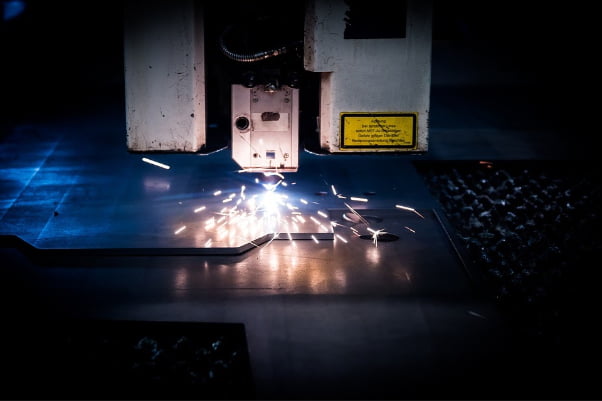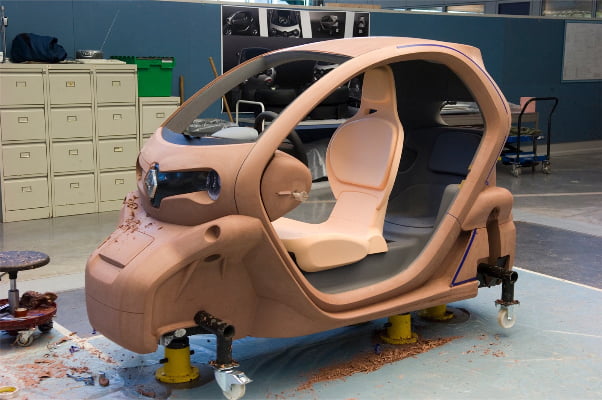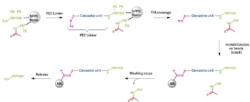With market competition becoming more and more fierce, modern-day businesses have to respond to market demand with new products made with perfect accuracy and quickly enough to sell and survive. As product function and appearance are two of the essential factors that catch customers’ attention, product development engineers and designers are making product prototypes to verify their function and aesthetics before they put the new product in mass-production. Prototypes play a pivotal role in the product life cycle, and there is no way around them.
Developing a custom prototype for your product design is all about learning. Every time you come up with a prototype version, you will eventually learn something new that will undoubtedly help you while you’re developing the final piece. Custom prototypes are built-in real-world context, so industrial engineers and designers can test and assess their creation within the process of creation. A custom prototype is a three-dimensional portrayal of the final product idea. It could be a simplistic hand-built model or a highly refined version produced by a professional prototype manufacturing service. Either way, the prototype will help you test your product with potential customers so you will be able to evaluate the performance, design, function, and usability of the new product. Prototypes also represent a profound way to get much-needed feedback from stakeholders, board members, and other investors before they approve funding of your product design.
If you consider designing a custom prototype for your new product idea, the first thing to acknowledge is to know the role that your prototype will play in the product development process. Afterward, you will have to pick your prototype’s manufacturing process and the choice of materials depending on the role of the manufactured piece. Without further ado, let’s dive into the world of custom prototypes.
The Role Of The Custom Prototype In Product Development
An accurate custom prototype built by professionals puts numerous benefits on the table and helps to proceed further with the project of product development. The prototype will allow product engineers and designers to gain a physical sense of what they are developing. Simultaneously, the prototype will facilitate the whole development team to verify the final appearance and function of the design according to the verification result. Fully functional custom prototypes can also be used to test the integrated performance of the product, like assembly performance and material properties. This step can significantly correct different problems before finalizing the end design of the product.

Depending on what you hope to achieve with the custom prototype, the prototypes themselves can be made from different materials at different stages of the prototyping process. For instance, if you need the model for mechanical testing – it should only satisfy assembly performance. If you need the prototype for material properties testing – the prototype is supposed to use the same material as the final product. Operational custom prototypes can be produced in several versions, with low-cost materials used for fit check and form validation and a smaller number of prototypes with more expensive, production equivalent materials.
How To Select The Appropriate Prototyping Process For Your Needs?
Even though 3D printing is immensely popular prototyping technology, custom prototypes manufactured with this technique are somehow limited due to lack of strength, surface quality, and other functional features compared to real manufacturing parts. Numerous methods are massively used for prototype production besides 3D printing: CNC machining, urethane casting, rapid tooling, injection molding, and many more. Here, we will focus on two of the most used prototype manufacturing techniques – 3D printing and CNC machining.
CNC Machining Or 3D Printing?
The biggest and most significant difference between the two techniques is that 3D printing can print complex shapes, such as deep curved holes, sharp internal angles with the prototype, and airtight hollow structures. On the other hand, CNC machining excels in accuracy, speed, and precision like no other technique. When compared with other parts, CNC machining parts are characterized by ultimate precision and smoothness. CNC engineers will undoubtedly optimize the design to improve the manufacturability of the product design and eliminate all machining limitations out of the prototype. As CNC machining technology is widely used in other manufacturing processes, the materials can be obtained directly from the metal stock for processing, thus saving time and avoiding a multi-step process.

Prototypes produced by additive technology like 3D printing may have a rough surface finish. Besides, 3D printing is not recommended for prototypes that require a high gloss surface because many metal-additive manufacturing parts need to go through a secondary processing unit after the initial printing. Custom prototypes that are printed through a Stereolithography 3D printing process tend to come out with a more precise surface finish compared to regular ones. Still, it also depends on the overall dimension of the model and the printing parameters.
So, considering the geometric shape, the role of your custom prototype in the manufacturing process, and the function of the prototype, if the model is blocky and simple in structure, with only simple holes and plain features, and doesn’t have a high requirement for the surface finish – 3D printing can be an efficient and cost-effective way to build your custom prototype. If the prototype is more complex and requires multiple CNC operations to complete the machining or 3D printing model, you should go with a CNC manufactured prototype.
Final Thoughts
The public is tired of stamps, and customization is the way to make any object unique or modify it to be that way. As modern technologies have significantly decreased the time required to produce custom prototypes, it’s possible to get custom goods roughly as fast as mass-produced ones. Make the most out of the new possibilities, develop your custom prototype, and increase the final product’s customization that the consumer will eventually get.
Image Credit: Pixabay, Car Body Design, and Pinterest






